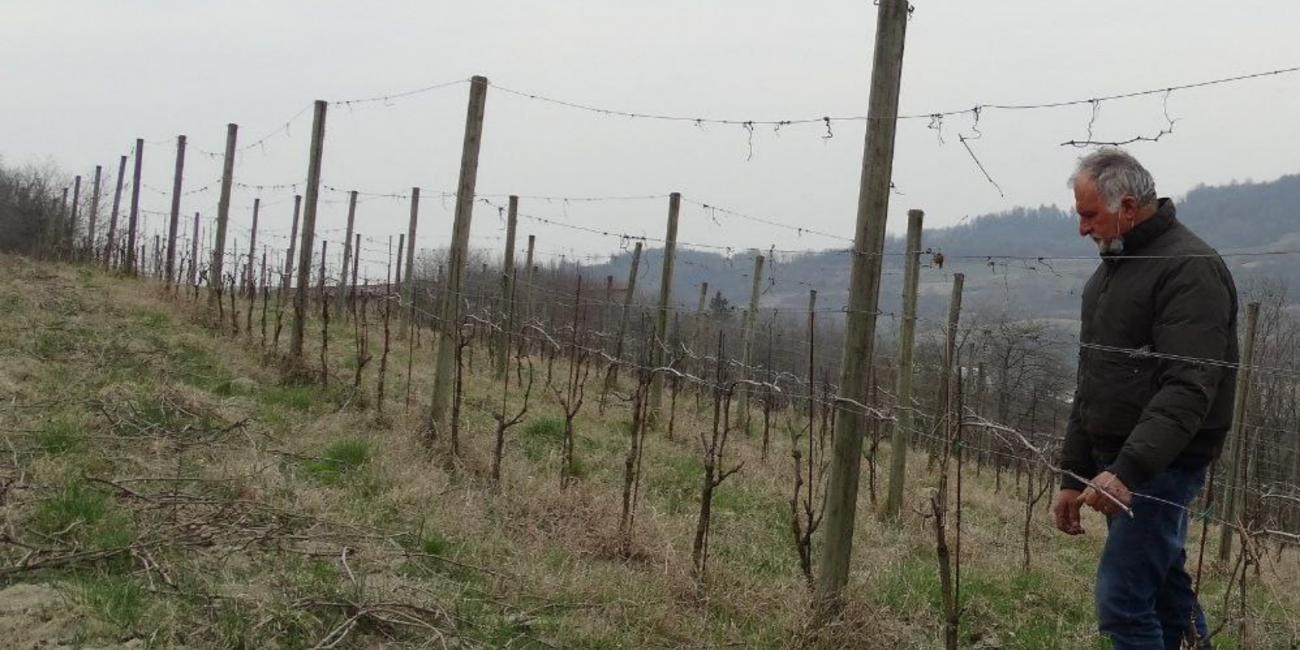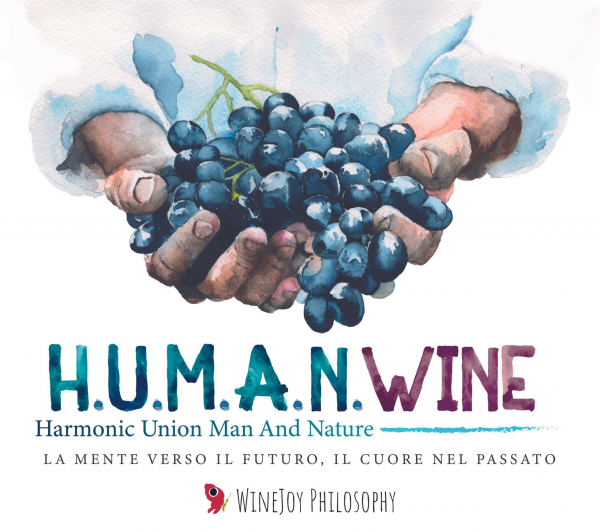My arrival in Monferrato Astigiano
It is now evening, after almost eight hours travelling by car, we are about to reach our destination: a farmhouse immersed in the Piedmontese countryside not far from the centre of Cocconato D’Asti, a small village that from the top of the hill dominates the valleys of the lower Monferrato Astigiano where time seems to have stopped.
I call Massimo, the owner of the farm Cascina Rosengana and inform him of our arrival, he tells me he will be there in 5 minutes, just the time to finish milking because in these places milk is served “just from the cow”.
We are here to visit the Maciot Winery where Paolo Macchia cultivates his vineyards in biodynamic agriculture.
We arrive in the cellar on foot passing through the village, he comes to meet me and after exchanging some jokes about the trip I start asking him my questions:
Paolo, why is your company named MACIOT?
We named it Maciot because this is the nickname with which our grandfather was called: Ernesto Macchia, class 1899, a little man not so tall (about 1.65 cm) and just for this everyone called him Maciot that in the Piedmontese dialect means “small stain” (speckle).
How does your story begin in the world of wine?
My grandparents,, Ernesto and Luigi, were farmers and managed the farm for their livelihood. They had two cows, ten rows for the production of wine, the vegetable garden and they cultivated the wheat that they then brought to grind at the mill.
We took back the vineyards of the grandparents and started the winemaking for us and for friends.
Then more and more requests came for our wines from real customers, who made us decide to plant new vineyards and build our winery in 1994.
We have always worked in organic, then in 2013 we obtained the Demeter Certification for biodynamic agriculture.
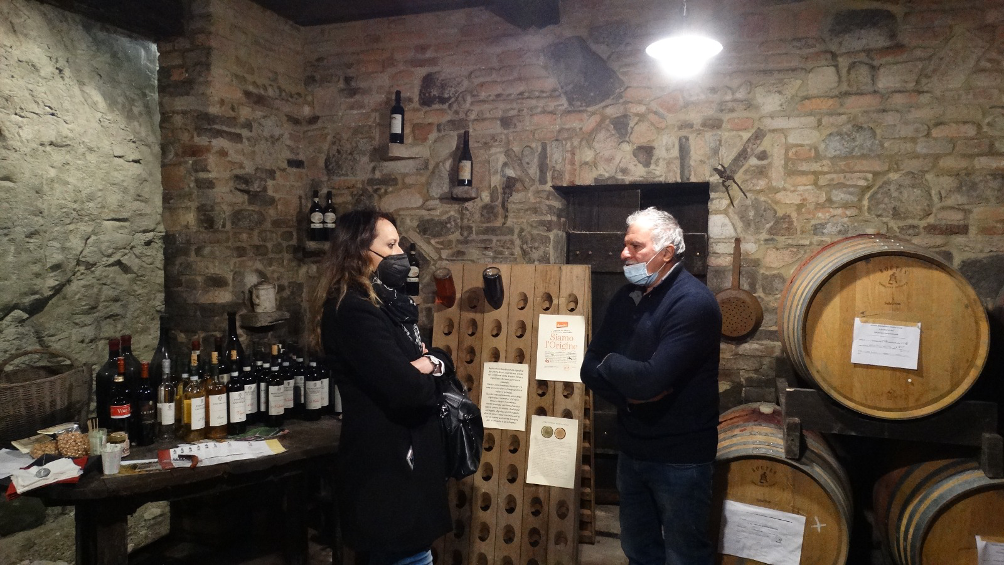
What is your relationship with the soil?
I consider myself a keeper and an observer of my vineyards.
We are farmers who still work with the hoe, we walk on our land, we smell its scent, we perceive its changes. All this differentiates us from the modern peasants who lead their work to the use of machines replacing man.
What do you think about treatments in organic farming?
They are like those used in conventional agriculture but with faster deficiency times, in the sense that the substances remain less time in contact with the plant.
In organic farming there is a different approach to the vitality of the land, for example fertilizers that can be used consist of mineral salts of ready absorption and is far from my vision of agriculture because I don’t have to go and build my vine plant in a muffled environment where I spray anything, but I have to make sure that through the microbiology of the soil, this can be well rooted and be able to defend itself because the brain of the plant is right in the root.
In a single cubic centimeter of soil there are 3 billion living beings among bacteria, yeasts and mycorrhizas, so if you go there to spray chemicals, all this life is destroyed and, as a result, the soil atrophies, remains compact… Basically, everything above and below the earth dies.
Can you tell us about your biodynamic preparations?
In biodynamic agriculture I use Fladen which has the ability to stimulate the processes of decomposition and degradation of organic matter in favor of the detritus cycle. This preparation is basic because the non-living organic matter that is deposited in the soil must be processed and metabolized to the fullest. Then we have the Valerian (507) left to ferment in the dark, that brings heat and is useful in case of frosts and to cover the heap on which they are sprayed, after dynamization even the other preparations such as 502,503,504,505, and 506.
Then there is the manure horn (prepared 500), or fresh cow manure composted and buried in a cow horn in mid-November and is then extracted near Easter finding a dark product, which smells of earth and undergrowth, fresh, moist and colloidal… incredible if you think that a few months before it looked like manure.
The manure horn is a “yeast” of the vital processes of the earth, and can be considered an activator of the formation of humus and the rooting of plants that I use in the measure of 3/400gr per hectare, after having dynamized it in the dynamizer we built in the Company using an old barrique and then scattered towards evening on the ground
Tell us about your wines
The production of wine grapes comes from the old vineyards of grandparents Ernesto and Luigi and from new plants made later.
The yields never exceed 70 q per hectare in the new plants, to go down in the old vineyards.
The particular climate with cool summers and mild winters, due to the height of the hills of Cocconato, helps even in bad years to achieve a high standard of production.
The grapes are transported in the cellar with boxes, to avoid mashing and immediately pressed with destemming.
Fermentation, which takes place without inoculation of selected yeasts but spontaneous, characterizes even more the final product.
The aging of wines takes place in steel, large cask (30 q) or barriques (225 l) depending on the product.
The production of wine is centered on Barbera d’Asti, with small batches of Merlot. In recent years, we have added Nebbiolo, Grignolino and Sauvignon Blanc from the new vineyard of Roasino.
REFRESHMENT TIME…
After visiting the vineyards and the Winery, we were a little bit hungry.
Paolo takes us to the “Cantina del Ponte” restaurant run by his sons Enrico and Letizia.
We order the Cocconati, ravioli stuffed with raw ham and robiola with a sauce of butter and aromatic herbs, the raw meat Bio di Bue Grasso Piemontese with hazelnuts, the Tonnato di Fassone Piemontese, Tajarin with flour type 2 accompanied by a butter and hazelnut sauce and a Schiciola with raschera dop and sausage.
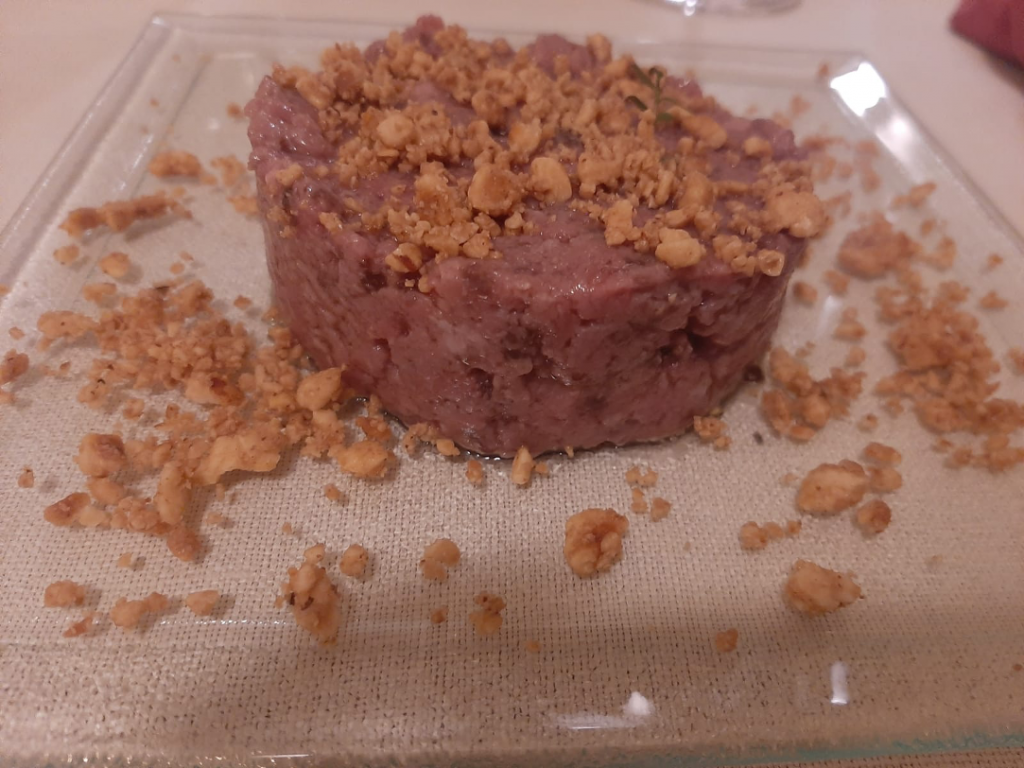

I take the Grignolino D’asti “Vigin” vintage 2020, from the same vineyard that Paolo has just made me visit and that for him is one of the best land in the whole area… and in fact what is presented in the glass is a wine with a delicate aroma of red fruits, but also of soil and bark. In the mouth it conquers us with its minerality and that rounded tannins that makes it really pleasant to drink, a true companion of the table!

We greet Paolo and on the way back we cross for the last time the beautiful landscapes of Monferrato Astigiano, breathing with nostalgia the air of the countryside and enjoying the last moments of peace and quiet that only a small village like Cocconato D’Asti is able to give us.
